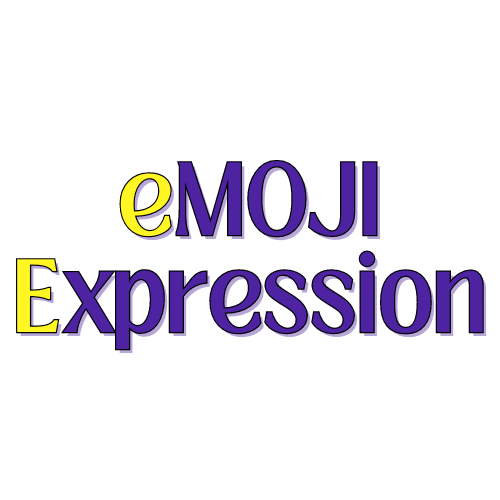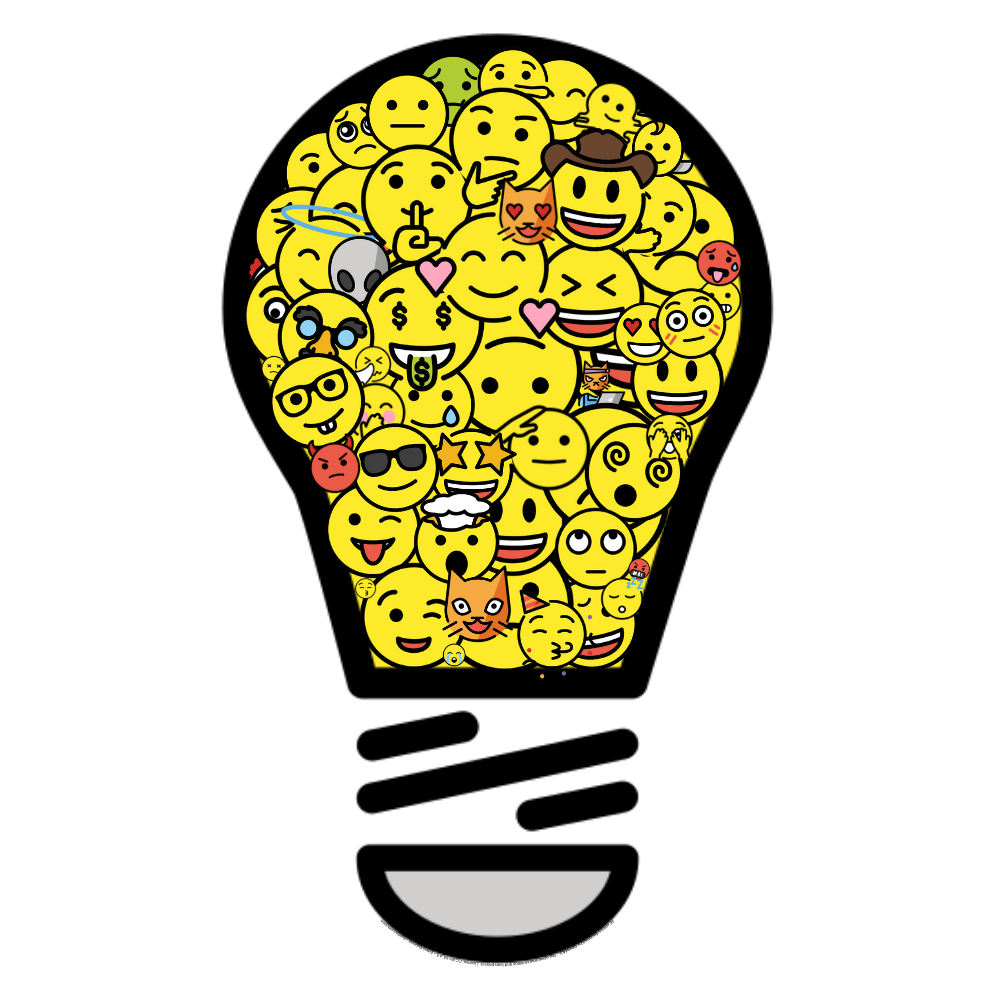Emoji are bridging communication gaps in the world of medicine. It's a fascinating journey that showcases how creativity and innovation can break down barriers and make the world of healthcare 🏥 more accessible, relatable, and compassionate.🌻
The Wong–Baker Pain Rating Scale
Imagine you're in a medical room, and a nurse asks you to rate your pain on a scale of 0 to 10. You might wonder, "How do I quantify this sensation?" This dilemma is even more challenging for children or patients who struggle with cognitive impairments. That's where the Wong–Baker Faces Pain Rating Scale steps in to help communication. 🗣️
Developed by Donna Wong and Connie Baker, this ingenious pain scale has revolutionized the way we communicate and assess pain. It replaces numeric ratings with a series of faces, each portraying a different emotional expression, from a happy face at 0 (representing "no hurt") 😀 to a crying face at 10 (signifying "hurts like the worst pain imaginable"). 😢
The Universal Language of Emotion
The brilliance of the Wong–Baker Pain Rating Scale lies in its universality. Originally designed for children, it has proven effective for patients aged three and above, including those who may have trouble with counting or face cognitive challenges. This ingenious approach taps into the universal language of emotion, transcending linguistic and numerical barriers. 🚧
Imagine a child, unable to articulate their discomfort, pointing to a face that mirrors their pain 😢, allowing healthcare providers to better understand their needs. It's a breakthrough in empathy and care, ensuring that patients, regardless of age or ability, can communicate their pain effectively. 👍
Cultural Sensitivity and Universality
But the magic doesn't stop there. The scale's cultural sensitivity has been meticulously assessed, making it applicable and accepted across diverse cultures. Research has shown that it resonates with children from different backgrounds, from Caucasian to African-American, Hispanic to Thai, Chinese to Japanese. The Wong–Baker Faces Pain Rating Scale transcends borders, fostering a more inclusive approach to healthcare. ⚕️
The Modern Faces of Expression
This innovative pain scale is just one example of how humans have creatively adapted human faces to make communication more accessible. Many artists and designers have embraced various face styles, including emoji, in their pain scale designs. Emoji, the modern faces of expression, have proven to be a versatile and universally understood medium. 🙂
The Future of Medicine and Emoji
The union of medicine and emoji is an exciting frontier. As technology advances, there will undoubtably be more innovative applications of emoji in healthcare, from enhancing patient-doctor communication to creating more engaging and user-friendly medical interfaces. Emoji can bridge gaps, simplify complex concepts, and provide emotional support in the medical world. 🏥
Emoji will continue to transform the way we experience healthcare. Whether it's the Wong–Baker Faces Pain Rating Scale or future innovations, emoji remind us that compassion and understanding are the universal languages of healing. ❤️🩹
Stay tuned for more emoji adventures, and as always, keep exploring the beauty of the universal language of emoji, both online and IRL! 🌍💉🤗
Sources and learn more:
- Can You Talk to Your Doctor in Emoji? Verywell Health Article
- Wong-Baker FACES Foundation
- Wong–Baker Faces Pain Rating Scale
- History of Wong–Baker Faces Pain Rating Scale


